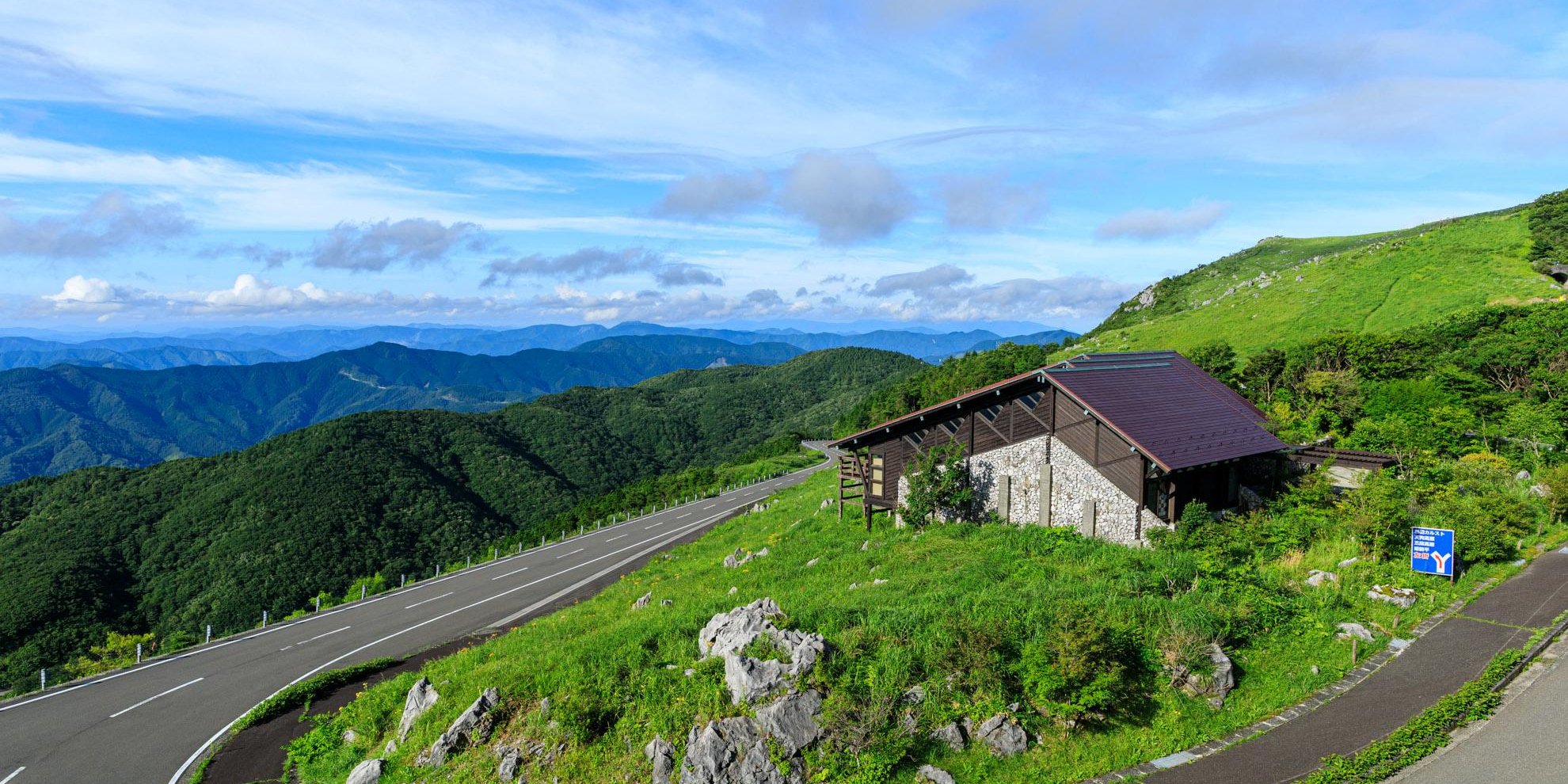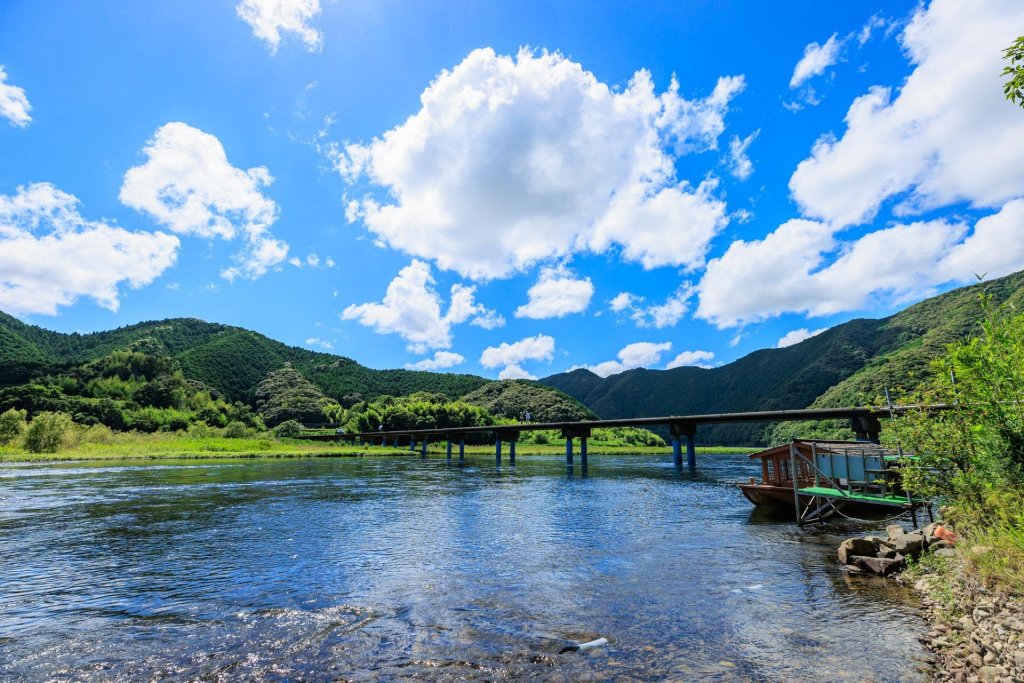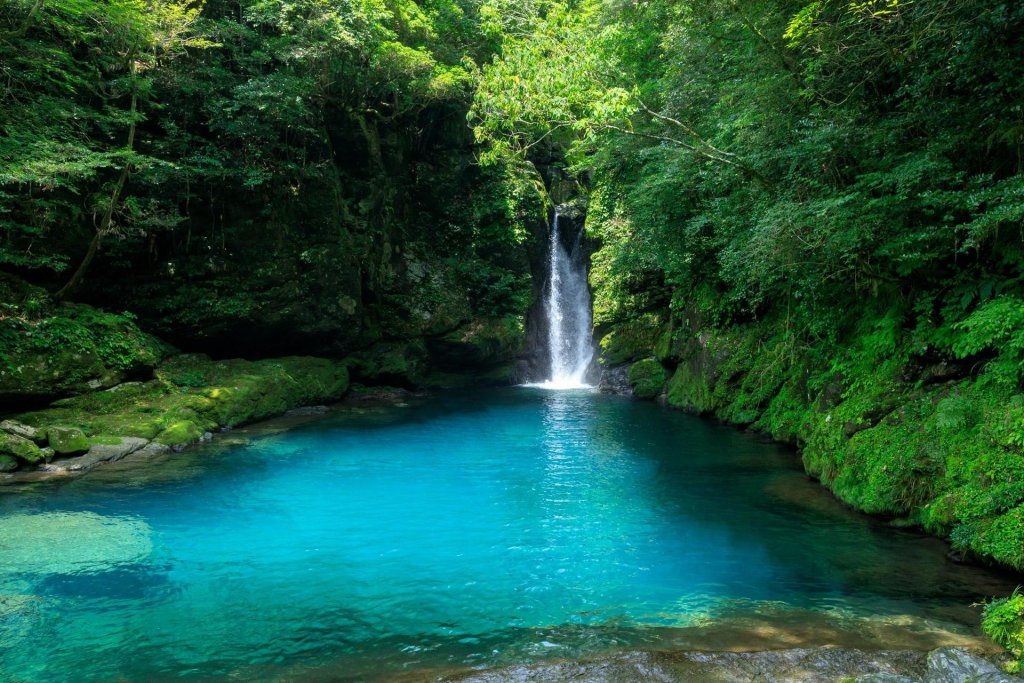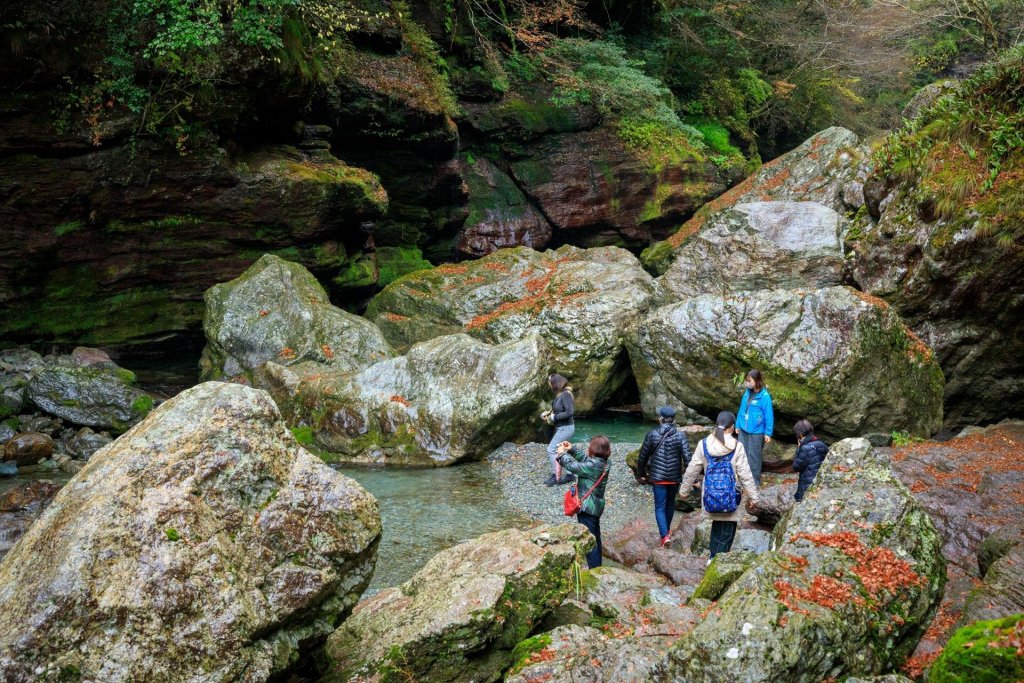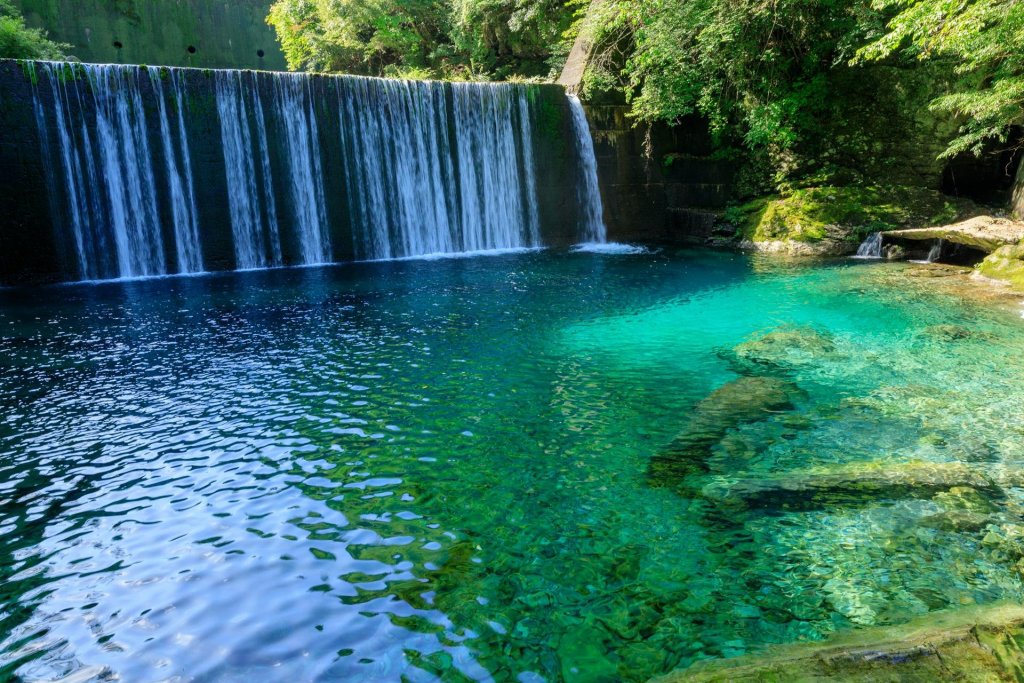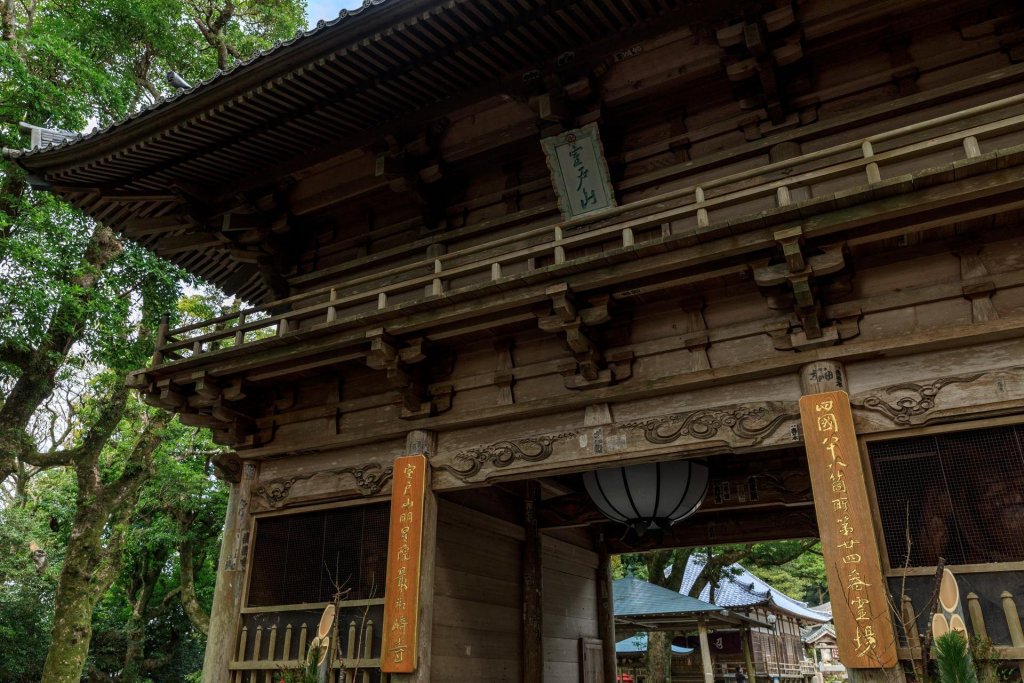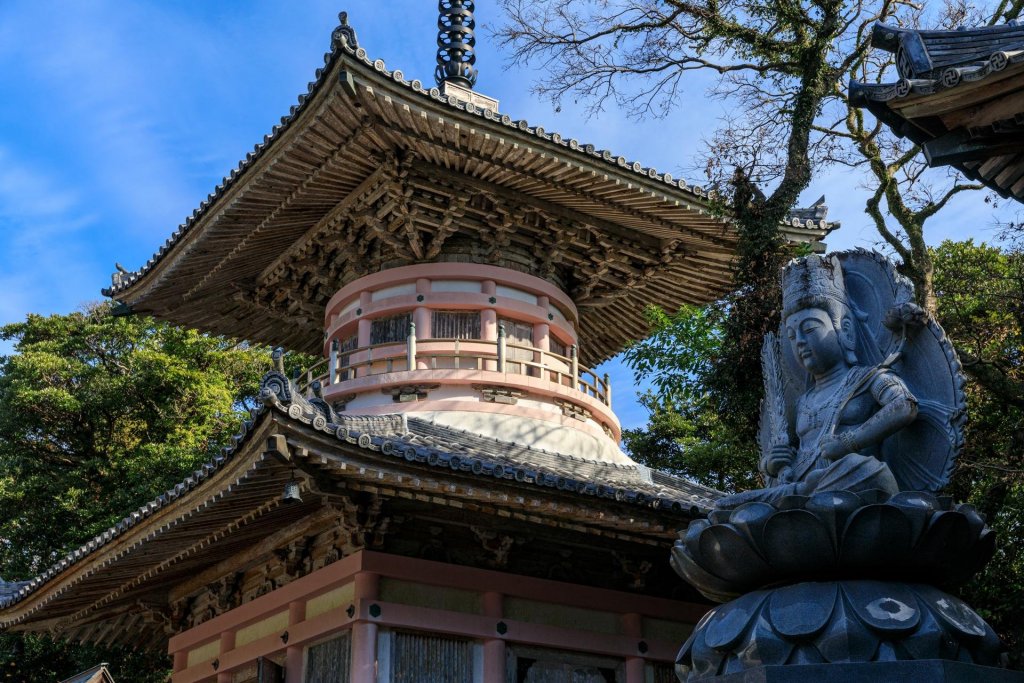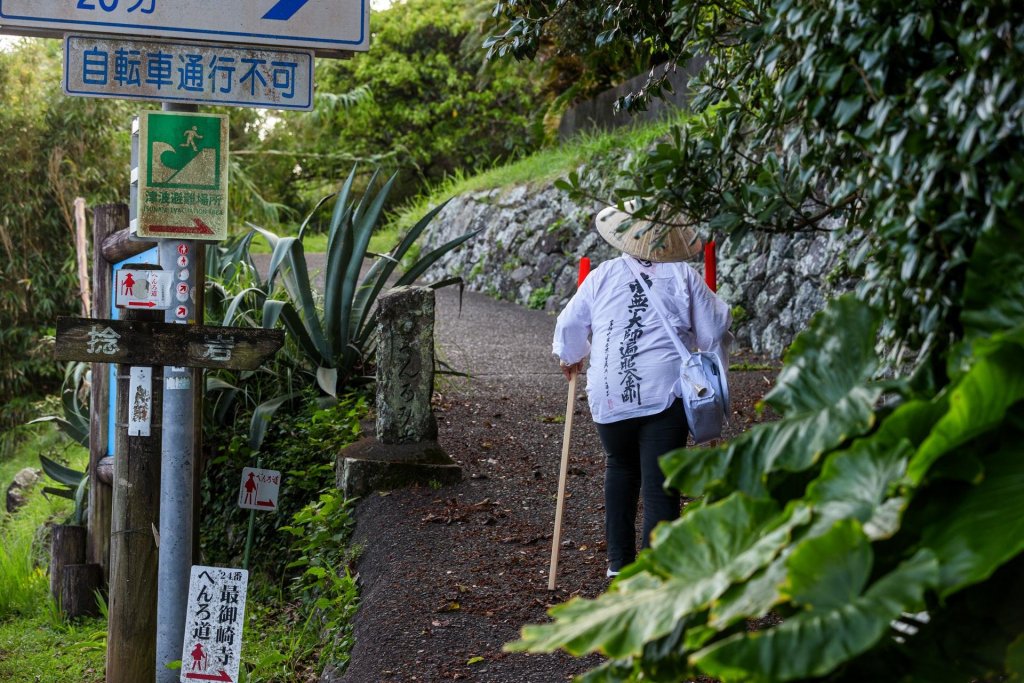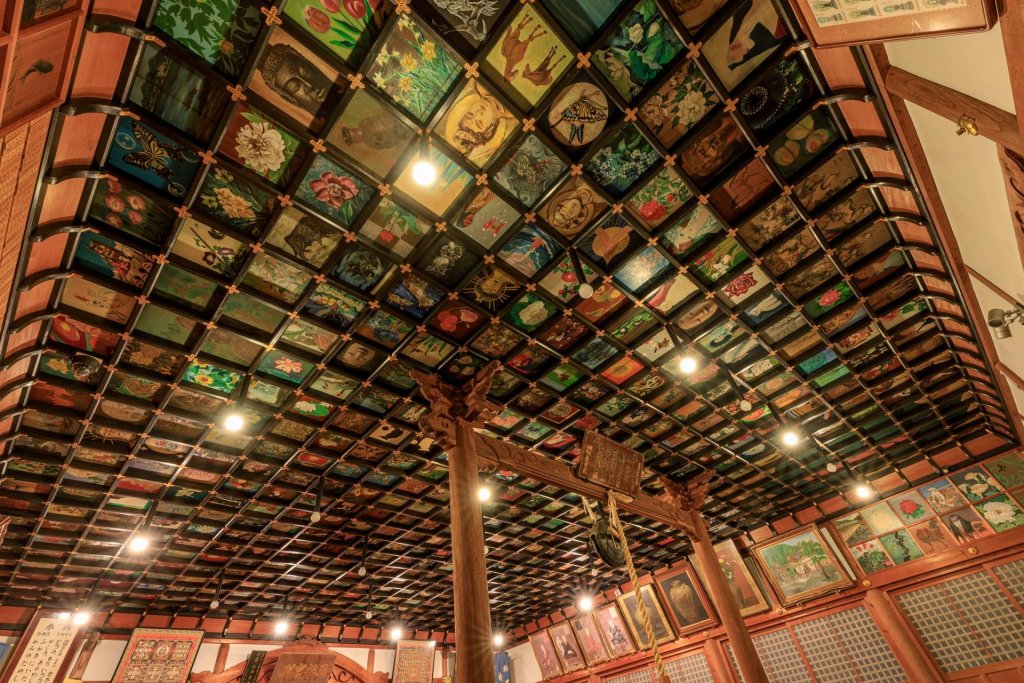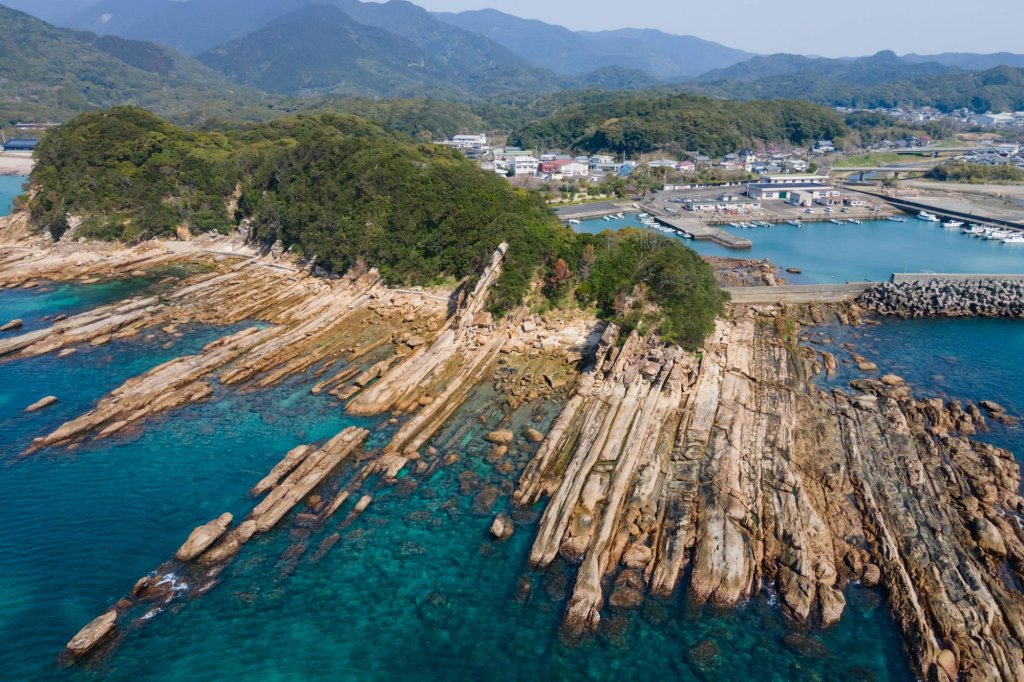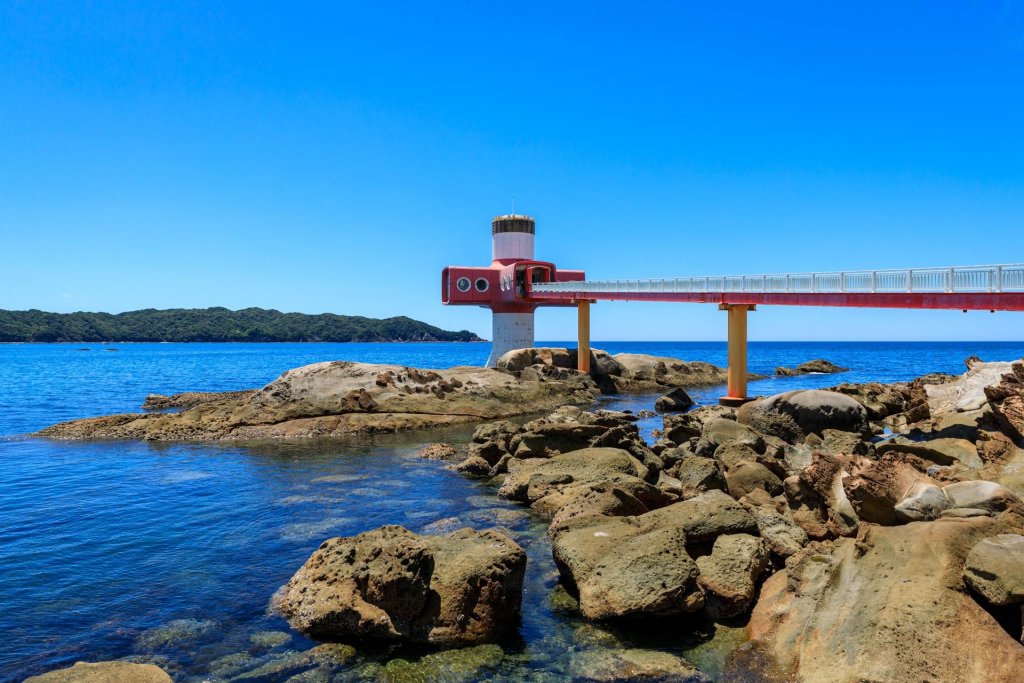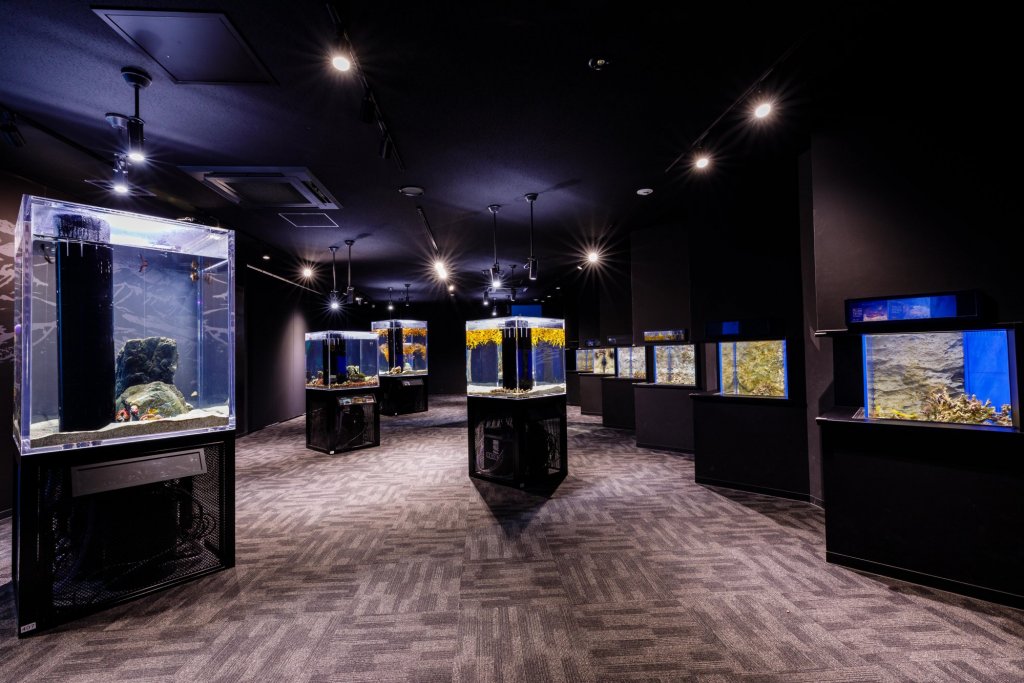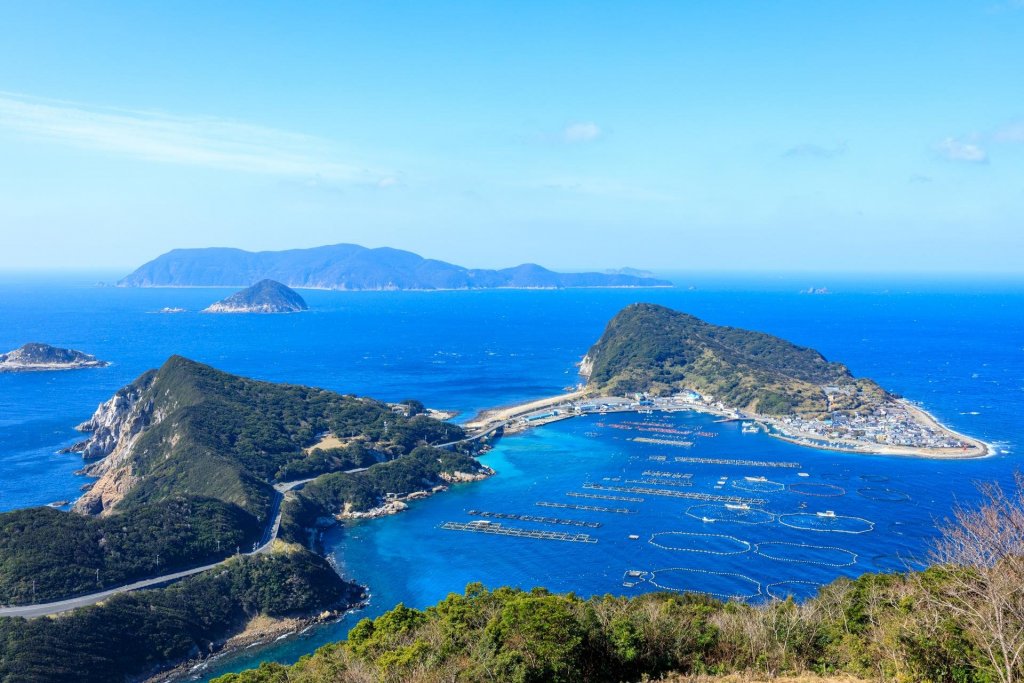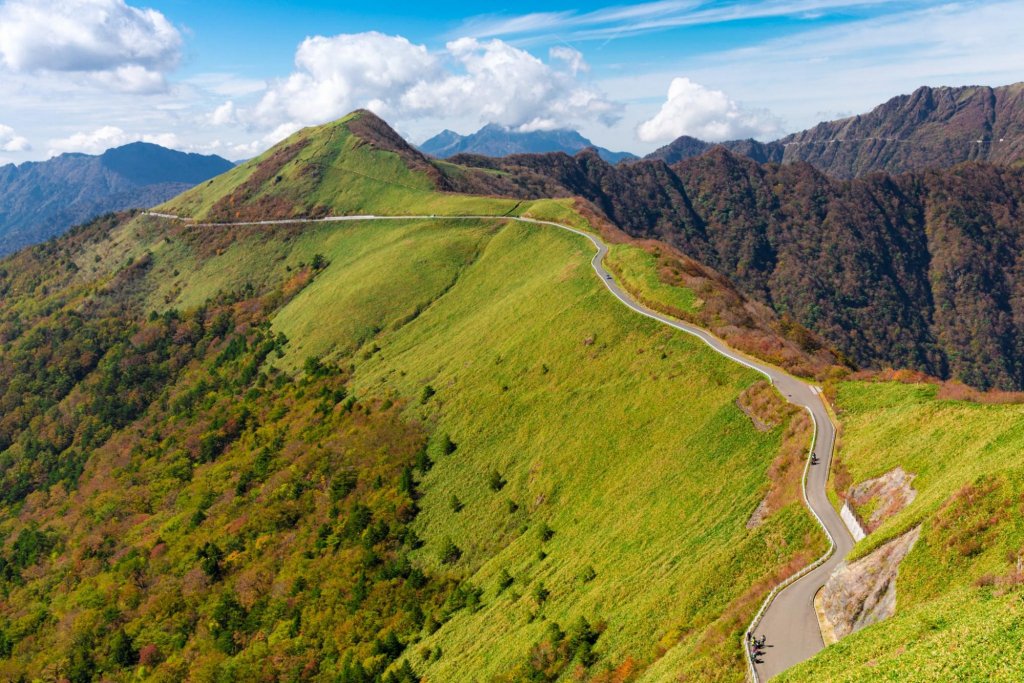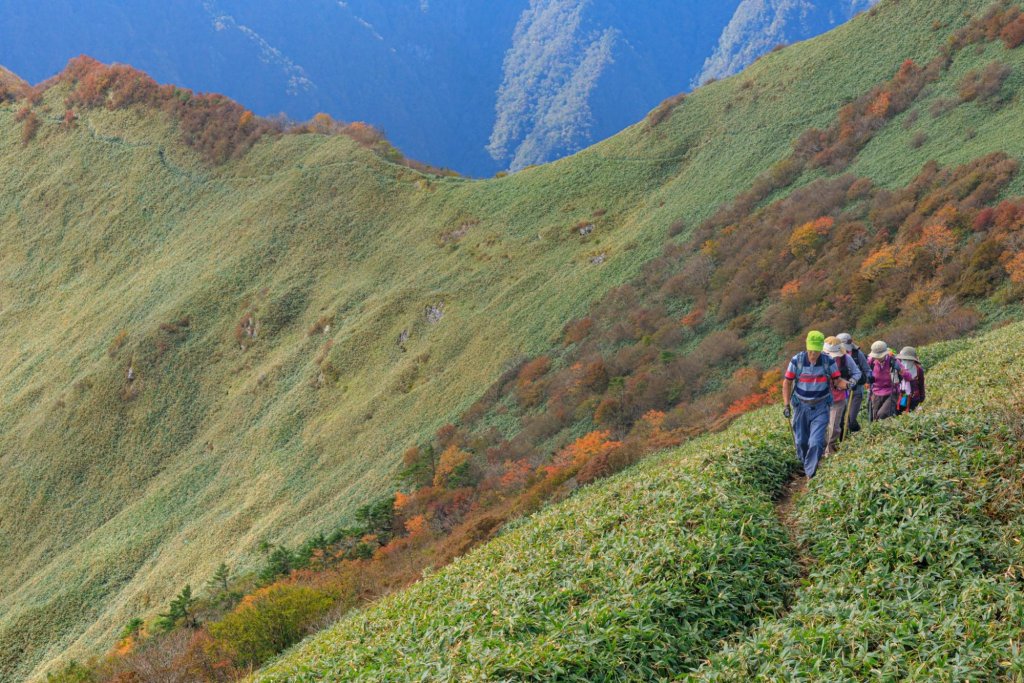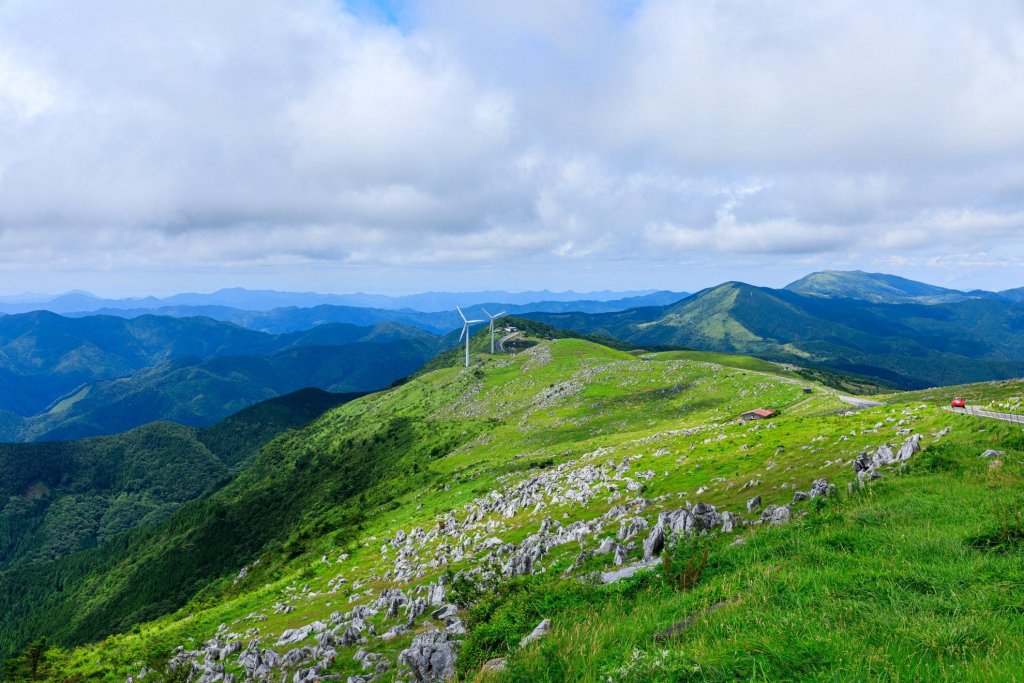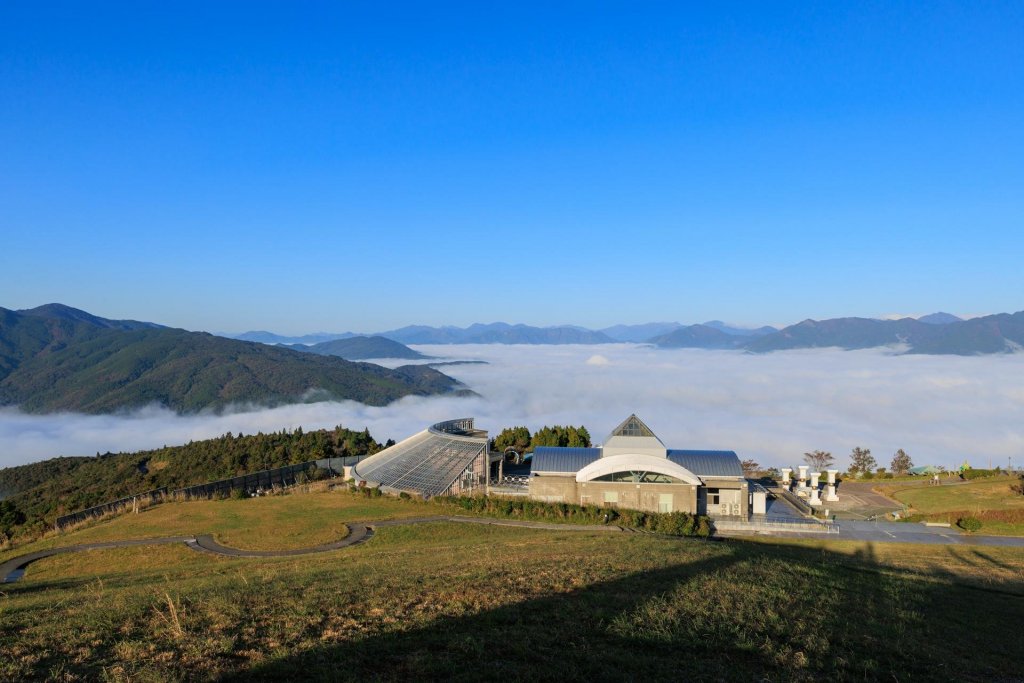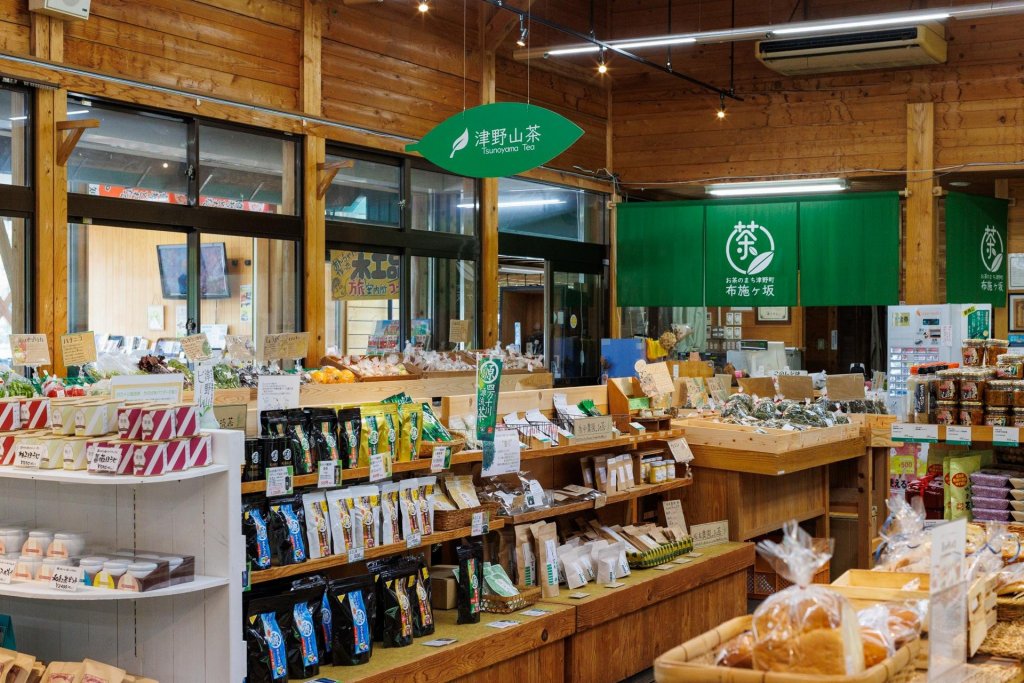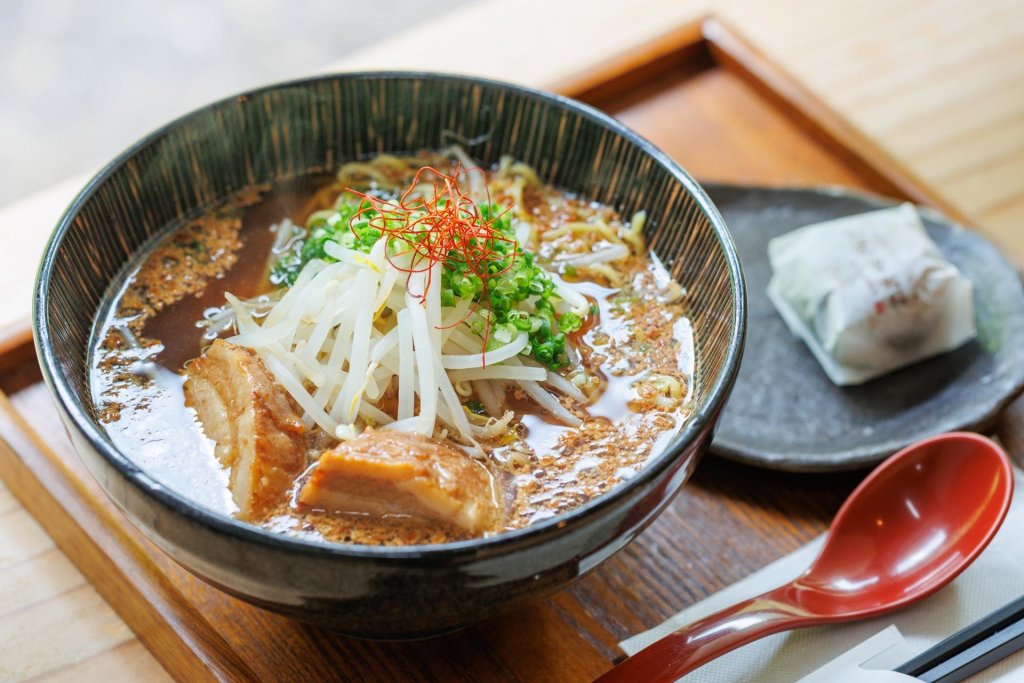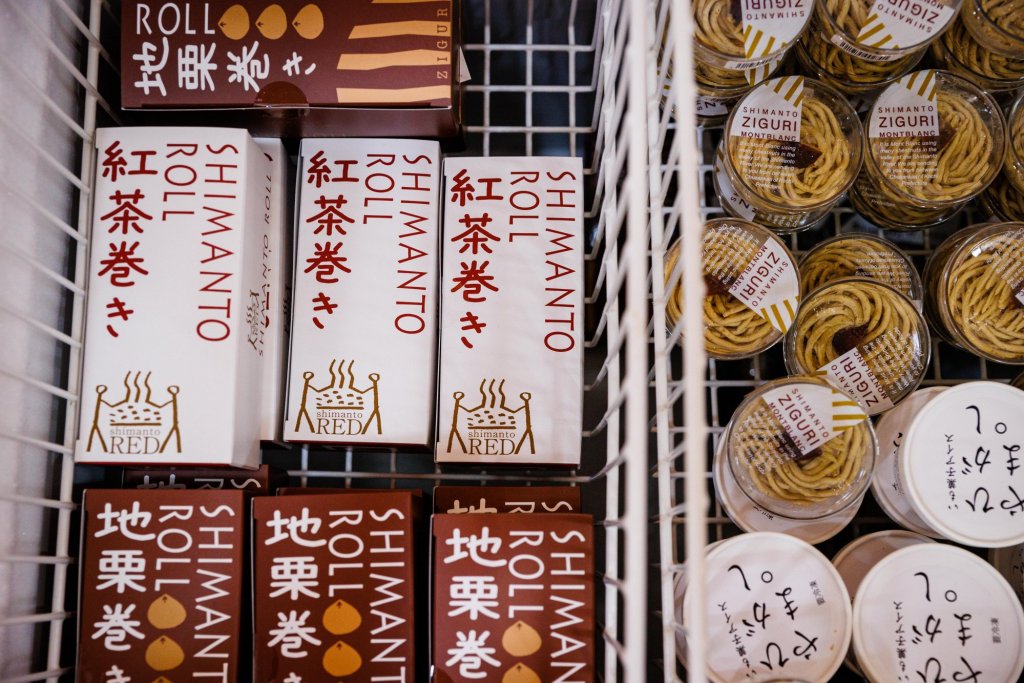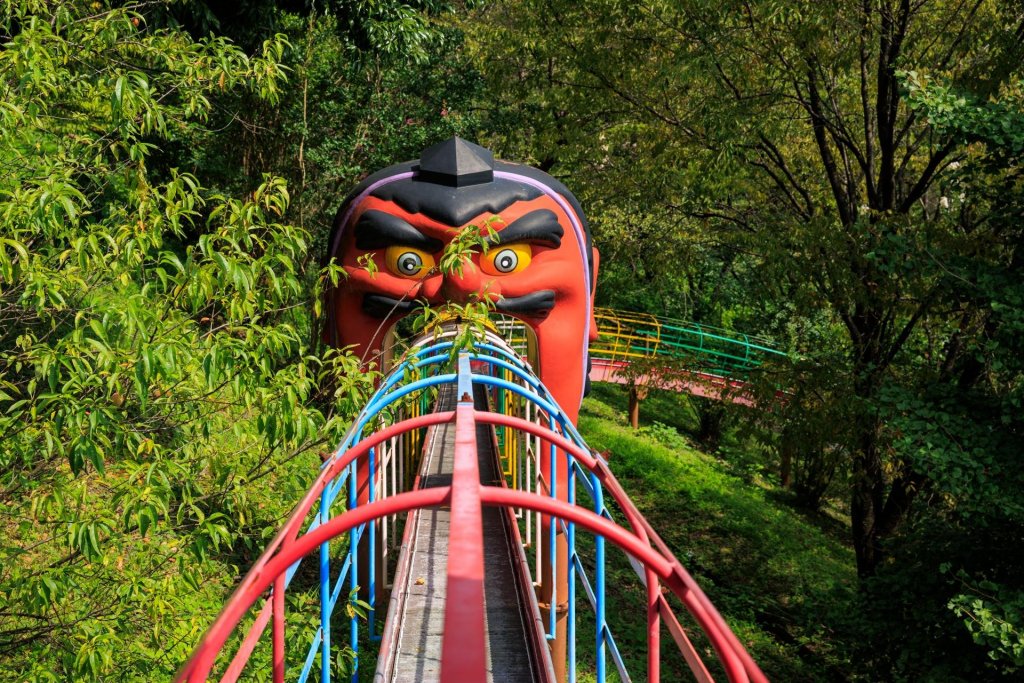Explore the best of Kochi by car
Kochi Prefecture covers a wide swathe of Shikoku Island and offers an amazingly diversity range of landscapes and attractions, perfect for travelers looking to get off the beaten track. The local rail network provides access to a good number of places of interest (on some unique trains too), but there is no doubt that traveling by car brings Kochi’s more remote and difficult to access attractions within reach.
The flip side of being able to go absolutely anywhere in a region that offers so much, however, is deciding where to start! Here, we share a few ideas for giving your drives through Kochi some thematic structure. Feel free to combine and adjust. Side trips are very much encouraged!
The flip side of being able to go absolutely anywhere in a region that offers so much, however, is deciding where to start! Here, we share a few ideas for giving your drives through Kochi some thematic structure. Feel free to combine and adjust. Side trips are very much encouraged!
In search of the source
Some of Japan’s most picturesque rivers flow through Kochi. Although everyone has their favorites, the “Big Three” are the Shimanto, Niyodo and Yoshino rivers. Tracing the progress of a river from the sea to its source (or vice versa) is a great way to turn a trip into a journey. It can offer a satisfying sense of completion and connection with nature. A car is almost a must to reach the most remote parts of Kochi’s rivers and certainly helps with hillier sections that are par for the course when traveling through the interior of Shikoku.
The Shimanto River
The Shimanto River winds its way from the high mountains of central Shikoku almost 200 km to the Pacific Ocean in the west of Kochi Prefecture. It is famously known as Japan’s last free-flowing river, almost completely free of man-made obstructions, and can be divided into three distinct sections (upper, middle and lower Shimanto River), each with its own characteristic scenery. Driving the entire length of the river in one day is entirely possible, but with many great places to stop at and river activities to try along the way, it is well worth breaking up the journey to give yourself the opportunity to take in the grandeur of the Shimanto Valley.
The Niyodo River
At 124 km in length, the Niyodo River is the 3rd longest of Shikoku’s rivers, but it is regularly recognized as the clearest river in Japan and it has become famous for it stunning blue and green hues, that have come to be known as "Niyodo Blue". The Niyodo River also empties into the Pacific Ocean, but, only 25 km from Kochi Ryoma Airport, you can be at the river mouth just 35 minutes after picking up your rental car.
The road takes you through the quaint town of Ino, famous for its history as a center of Japanese Washi paper manufacture, to the amazing Niyodo Blue viewing spots at Nikobuchi Pool and along the hiking trails of the Nakatsu and Yasui gorges. This area has become a hub for water sports and adventure activities –– be sure to check out Niyodo Adventure, Niyodogawa Outdoor Center and Suggoi Sports. For a more relaxed experience of the river, try a Yakata-bune traditional houseboat cruise.
Drop in at Ikegawa Chaen tea shop to indulge in a spectacular dessert and consider camping or overnighting at Shimona no Sato in Niyodogawa Town so that you can enjoy some local craft beer at Blue Brew.
The Yoshino River
The Yoshino River is the waterway to follow if you are heading to Kochi via the vine bridges of the Iya Valley. Fairly close to the river’s source on the slopes of Ishizuchi mountain range, the wild waters of the Kochi section of the Yoshino River have made it one of western Japan’s top rafting spots. Happy Raft in Otoyo Town is one of several companies (Lucky Raft and You Me Rafting are two others) offering rafting trips from its base which has a chill cafe overlooking the river. In contrast, the lake, created by the massive Sameura Dam further up river, is beautifully calm and, offering water sports and equipped with a hotel and auto camp site, is the perfect place for a family-friendly lakeside.
The Shimanto River
The Shimanto River winds its way from the high mountains of central Shikoku almost 200 km to the Pacific Ocean in the west of Kochi Prefecture. It is famously known as Japan’s last free-flowing river, almost completely free of man-made obstructions, and can be divided into three distinct sections (upper, middle and lower Shimanto River), each with its own characteristic scenery. Driving the entire length of the river in one day is entirely possible, but with many great places to stop at and river activities to try along the way, it is well worth breaking up the journey to give yourself the opportunity to take in the grandeur of the Shimanto Valley.
The Niyodo River
At 124 km in length, the Niyodo River is the 3rd longest of Shikoku’s rivers, but it is regularly recognized as the clearest river in Japan and it has become famous for it stunning blue and green hues, that have come to be known as "Niyodo Blue". The Niyodo River also empties into the Pacific Ocean, but, only 25 km from Kochi Ryoma Airport, you can be at the river mouth just 35 minutes after picking up your rental car.
The road takes you through the quaint town of Ino, famous for its history as a center of Japanese Washi paper manufacture, to the amazing Niyodo Blue viewing spots at Nikobuchi Pool and along the hiking trails of the Nakatsu and Yasui gorges. This area has become a hub for water sports and adventure activities –– be sure to check out Niyodo Adventure, Niyodogawa Outdoor Center and Suggoi Sports. For a more relaxed experience of the river, try a Yakata-bune traditional houseboat cruise.
Drop in at Ikegawa Chaen tea shop to indulge in a spectacular dessert and consider camping or overnighting at Shimona no Sato in Niyodogawa Town so that you can enjoy some local craft beer at Blue Brew.
The Yoshino River
The Yoshino River is the waterway to follow if you are heading to Kochi via the vine bridges of the Iya Valley. Fairly close to the river’s source on the slopes of Ishizuchi mountain range, the wild waters of the Kochi section of the Yoshino River have made it one of western Japan’s top rafting spots. Happy Raft in Otoyo Town is one of several companies (Lucky Raft and You Me Rafting are two others) offering rafting trips from its base which has a chill cafe overlooking the river. In contrast, the lake, created by the massive Sameura Dam further up river, is beautifully calm and, offering water sports and equipped with a hotel and auto camp site, is the perfect place for a family-friendly lakeside.
Engine-powered Pilgrimage
While many dream of making the 1200km Shikoku 88 Temple Pilgrimage on foot, it is something that, in these busy times, only a lucky few are likely to achieve. All is not lost, however, as the Shikoku Pilgrimage is very inclusive when it comes to modes of transport and the majority of today's pilgrims make the journey on tour buses and in cars.
There are 16 temples in the Kochi section of the pilgrimage (temple numbers 24 to 39) and, known as the section of “ascetic training”, includes some of the route’s most remote and scenic sections.
Starting in the east, on the remote Muroto Peninsula, three pilgrimage temples form the Muroto Sanzan (temple numbers 24-26) and the route passes the caves in which it is said that the great Buddhist saint Kukai trained and attained enlightenment. Highlights of the central section of the Kochi route are Chikurin-ji Temple (temple number 31) near the prefectural capital and passing through the farm fields in the agricultural heartland of the prefecture. At Kubokawa, where the “art temple” of Iwamoto-ji Temple (temple number 37) is located, the route meets the Shimanto River and continues onto the subtropical Ashizuri Peninsula in the west. Covering all of Kochi’s pilgrimage temples takes you across the breadth of the prefecture. In numerical order, the route moves from east to west, but it is perfectly acceptable to do it in the opposite direction, or even to visit temples in an order that suits your own travel plans and schedule.
You can pick up pilgrimage clothing and paraphernalia in stores located close to the entrance of most pilgrimage temples. Pilgrims traveling by car can also vicariously partake in the journey of walking pilgrims by offering them encouragement in the form of kind words or by partaking in the tradition of Osettai, presenting pilgrims with small gifts of food or refreshment.
There are 16 temples in the Kochi section of the pilgrimage (temple numbers 24 to 39) and, known as the section of “ascetic training”, includes some of the route’s most remote and scenic sections.
Starting in the east, on the remote Muroto Peninsula, three pilgrimage temples form the Muroto Sanzan (temple numbers 24-26) and the route passes the caves in which it is said that the great Buddhist saint Kukai trained and attained enlightenment. Highlights of the central section of the Kochi route are Chikurin-ji Temple (temple number 31) near the prefectural capital and passing through the farm fields in the agricultural heartland of the prefecture. At Kubokawa, where the “art temple” of Iwamoto-ji Temple (temple number 37) is located, the route meets the Shimanto River and continues onto the subtropical Ashizuri Peninsula in the west. Covering all of Kochi’s pilgrimage temples takes you across the breadth of the prefecture. In numerical order, the route moves from east to west, but it is perfectly acceptable to do it in the opposite direction, or even to visit temples in an order that suits your own travel plans and schedule.
You can pick up pilgrimage clothing and paraphernalia in stores located close to the entrance of most pilgrimage temples. Pilgrims traveling by car can also vicariously partake in the journey of walking pilgrims by offering them encouragement in the form of kind words or by partaking in the tradition of Osettai, presenting pilgrims with small gifts of food or refreshment.
Going to the edge
To the west of the Ashizuri Peninsula, there is a section of coastline that is part of the Tatsukushi Marine Park that is called the Minokoshi Kaigan. The name means “the overlooked coast”, in reference to the fact that the challenging terrain prevented the Buddhist saint Kukai from visiting here. He missed a geological wonderland that has attracted curious visitors for hundreds of years. Today, the only way to reach the Minokoshi Kaigan is by boat. Park your car for a few hours and enjoy coral viewing tours on glass bottom boats, the retro-styled Ashizuri Underwater Observation Tower (Ashizuri Kaiteikan) and the modern Kochi Prefectural Ashizuri Aquarium (also known as Satoumi). These are well worth dropping by on your way to the far west of Kochi and the incredible Odo Coast and surreally clear waters Kashiwa Island in Otsuki.
This is a particularly stunning part of Shikoku and one that, without a good deal of determination and effort, is very difficult to get to without your own transport. The Sunny Road, as Route 321 is named, is a dream drive. Although there are some long tunnels between Tatsukushi and Otuski, in between you are treated to some incredible stretches, where the road runs right alongside the Pacific Ocean. Make sure to stop at Cape Kanaezaki, to check out its lighthouse and amazing ocean views, but also to say, "Hi" to the many cats that have taken up residence here. From here, the road swings inland to Otsuki, where you leave the Sunny Road and take undulating Route 43 which carries you above the Odo coast, all the way to the white sand beaches and iridescent blue waters of Kashiwa Island.
This is a particularly stunning part of Shikoku and one that, without a good deal of determination and effort, is very difficult to get to without your own transport. The Sunny Road, as Route 321 is named, is a dream drive. Although there are some long tunnels between Tatsukushi and Otuski, in between you are treated to some incredible stretches, where the road runs right alongside the Pacific Ocean. Make sure to stop at Cape Kanaezaki, to check out its lighthouse and amazing ocean views, but also to say, "Hi" to the many cats that have taken up residence here. From here, the road swings inland to Otsuki, where you leave the Sunny Road and take undulating Route 43 which carries you above the Odo coast, all the way to the white sand beaches and iridescent blue waters of Kashiwa Island.
Take the high road
Heading away from the coast, another side of Kochi that having access to a car brings into reach are its mountains which are home to outstanding views and some of Japan’s most impressive roads. Perhaps the most iconic of these mountain roads is the 27 km long UFO Line which runs along the top of the Ishizuchi mountain range that marks the border between Kochi and Ehime Prefectures at a height of over 1600m. The road is absolutely stunning and has been featured in TV commercials. If you want to get even higher, you can pull up and make the short hike up to summit of Mt Iyo Fuji.
Another high road that dips in and out of Kochi and Ehime Prefectures is through the Shikoku Karst Natural Park. At well over 1000m above sea level, the views from the 25 km road which cuts through one of Japan’s three biggest karst landscapes on which cattle graze are incredible.
The Hoshifuru Village Tengu Hotel is a great place to stay to enjoy stargazing at night and the gorgeous light of dawn and from here you are in striking distance of the quaint mountain town of Yusuhara.
Otoyo Town also has two popular mountain drive destinations. From Yutorisuto Park you can enjoy the sea of clouds phenomenon and nearby Kajikamori lovely trails and stargazing facilities. Camping and accommodation is also available.
Another high road that dips in and out of Kochi and Ehime Prefectures is through the Shikoku Karst Natural Park. At well over 1000m above sea level, the views from the 25 km road which cuts through one of Japan’s three biggest karst landscapes on which cattle graze are incredible.
The Hoshifuru Village Tengu Hotel is a great place to stay to enjoy stargazing at night and the gorgeous light of dawn and from here you are in striking distance of the quaint mountain town of Yusuhara.
Otoyo Town also has two popular mountain drive destinations. From Yutorisuto Park you can enjoy the sea of clouds phenomenon and nearby Kajikamori lovely trails and stargazing facilities. Camping and accommodation is also available.
Driving tips and tricks
Rental Car Offices
Kochi Ryoma Airport
Orix Rental Car
Budget Rental Car
Nissan Rent a Car
Times Car Rental
Near Kochi JR Station
Nissan Rent a Car
Times Car Rental
Michi no Eki
Kochi's network of Michi no Eki roadside rest stations are good sources of local information. They are also great places to get a meal (usually featuring delicacies of the area) as well as all kinds of local produce and products. Otsuki and Fusegasaka Michi No Eki have really fun super-long rollerslides and the Towa even has a zipline adventure to try.
Auto campsites
Auto Campsite Tomarotto
Welcome - Shimanto Auto Campground
Snow Peak Ochi Niyodogawa Campfield
Yasudagawa Ayu Odoru Seiryu Camp-jo
When heading into the mountains, please pay attention to your fuel levels and availability of gas stations. It is also recommended to ask about local road conditions and recommended routes.
Kochi Ryoma Airport
Orix Rental Car
Budget Rental Car
Nissan Rent a Car
Times Car Rental
Near Kochi JR Station
Nissan Rent a Car
Times Car Rental
Michi no Eki
Kochi's network of Michi no Eki roadside rest stations are good sources of local information. They are also great places to get a meal (usually featuring delicacies of the area) as well as all kinds of local produce and products. Otsuki and Fusegasaka Michi No Eki have really fun super-long rollerslides and the Towa even has a zipline adventure to try.
Auto campsites
Auto Campsite Tomarotto
Welcome - Shimanto Auto Campground
Snow Peak Ochi Niyodogawa Campfield
Yasudagawa Ayu Odoru Seiryu Camp-jo
When heading into the mountains, please pay attention to your fuel levels and availability of gas stations. It is also recommended to ask about local road conditions and recommended routes.
